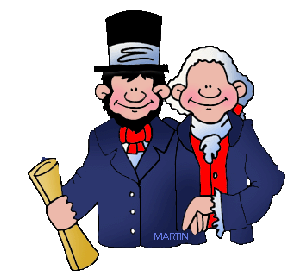Far West
The Native Americans that became those of the “Far West” involved many different cultures.
Weather and natural resources were the basis of their lifestyle, and a majority were hunter-gatherers with fishing as an essential food staple.

Where is the Far West
The U.S. West is considered to be the top of the state of Washington extending down through California and into various areas of Nevada, Idaho, Colorado, and Utah. Wildlife was abundant for small and large game to hunt in these areas.
The varying climates of the regions created the differences in cultures.
Food
The coast of California provided a large selection of small animals, lizards, and snakes.
Salmon was also an excellent food resource, and the natives would make use of harpoons to get the fish as well as very intricate systems of trapping.
The only problem with relying on salmon was when there was an earthquake or mudslide that disrupted the salmon spawning.
A majority of the Western Native American tribes that fished made use of the Columbia and Colorado Rivers. Some groups planted crops such as tobacco and wild foods.
The women of these tribes would gather and process acorns. After removing pulp toxins that were inside the nut, they created a kind of flour. This made acorns an important part of the diet of those in the California regions.
Rich Diet
Archeologists have found that the Western Indians were extremely healthy with both a nutrient-rich and protein-rich diet.
The evidence indicates that they were healthier than those tribes that relied on farming.
Due to lots of food, the Western Indians created more established villages that gave them the opportunity to set up trade with other groups.
Some of the tribes held trade fairs where many tribes would gather to trade hides and shells. During trade fairs, acorns were most often used as their currency.
Facts about Far West Native Americans
- The social organization of the Western Indians was very specific and offered connections to other communities.
- For those groups that traveled in the California area, they created living structures called “wikiups” that were made of wood, leaves, and brush. These were easy to create and easy to move homes.
- As with many cultures, social status in the Western Indian world was valued by the amount of resources an individual had. This created a class structure within the village.
- Those that lived in villages could number in the thousands. In these social groups, men did the hunting and fishing and the women prepared the meat to eat and trade and did any harvesting.
- The tribes that were in densely populated regions had less structure and organization. These tribes were always changing in their relationships and beliefs.
- In some of the Western Indians identified in what is called “tribelets” which are family-based bands. These could number from a few hundred to over a thousand people. While culturally aligned, they may have hunted in units from ten to twelve individuals.
- Areas that lacked rick resources had Western Indian groups that traveled more to find food and weren’t as involved with other groups.
- The Western Native Americans were very spiritual people, believing that they should pray for luck in hunting. Other groups thought that if they threw salmon bones back into the river that it would repopulate the salmon for the next season.
- This Western group is considered to be one of the most diverse of all of the Native Americans with around one hundred tribes and over two hundred dialects spoken.
What did you learn?
What are the smaller family-based bands of Western Indians called?
Tribelets
What are wikiups made from?
Wood, leaves, and brush
What was sometimes used as currency in the trade fairs of the Western Indians?
Acorns
What did some tribal women make when they harvested acorns?
Flour
What religious belief did the Western Indians have about throwing salmon bones into the river?
That the bones would repopulate the salmon for the next season
What were the two largest rivers that led to the success of the Western Indians?
Columbia & Colorado
Other Resources
khanacademy.org – American Indian culture of the West
history.com – Native American Cultures



